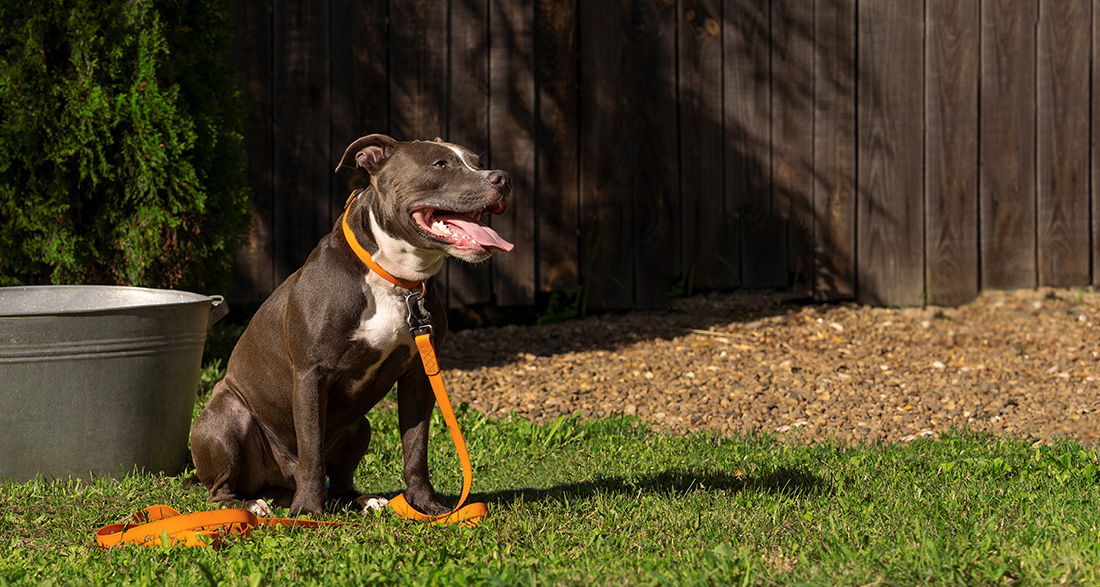Many dog owners are familiar with the unsightly yellow stains left when dogs urinate on the lawn. Here are some helpful tips to prevent these stains.
When dogs frolic in the garden, it’s common for dog urine on the lawn to occur. Dogs naturally mark their territory or relieve themselves, and this is a normal part of their behavior. However, when this happens on the lawn, it can result in unsightly yellow stains. Along the edges, these brownish spots often stand out conspicuously green.
Effects of Dog Urine on the Lawn
When a four-legged friend urinates on the lawn, it doesn’t automatically mean that stains will appear. Initially, a positive effect may even occur: highly diluted dog urine can lead to localized fertilization, resulting in robust grass growth. The problem arises with frequent urination in the same spot, causing the grass to turn yellow and die. The grass often appears literally “burned.” The cause of these burns is the nutrient composition in the urine—grass struggles, especially with the high salt content. Through a process called osmosis, salt draws water from the grass cells, causing them to dry out. If urine reaches the soil, the roots may eventually be unable to absorb any water. The grass slowly dies, leaving behind yellow to brown patches.
How to Prevent Urine Stains
To prevent the urine from having this effect, keep an eye on your dog and reach for a watering can or hose when it relieves itself in the garden. By thoroughly watering the affected area, the urine is diluted, and it disperses more effectively. The urine concentration in that spot decreases. Additionally, robust watering can prevent other dogs from smelling the urine and marking the same spot.
To prevent dog urine on the lawn in the long term, try designating another area in the garden as the designated dog bathroom—perhaps using markers previously marked by another dog. Alternatively, you can use specific dog deterrent products around the lawn area—these often target the dog’s sense of smell. Certain (natural) scents are avoided by dogs. Planting lavender or the Harp bush plant around the lawn area can also be helpful.
If your dog refuses to stay away from the lawn, you can try “Dog Rocks.” These stones are placed in the water bowl and are supposed to neutralize the nitrate in the urine. According to the manufacturer, these natural stones are entirely safe for dogs.
Treating Yellow Stains
If the grass has already died due to a dog’s urination, it’s usually advisable to reseed the bare patches. Before spreading the new grass seeds, remove the dead plant parts and root remnants from the affected areas. It’s also recommended to thoroughly flush the soil with water. Small lawn spots can usually be reseeded by hand. To prevent the seeds from washing away, water the reseeded areas with a gentle, even water spray.
Alternatively, you can opt for salt-tolerant plants in the garden. Some ornamental grasses, such as reed grass or beach grass, can withstand urine.


